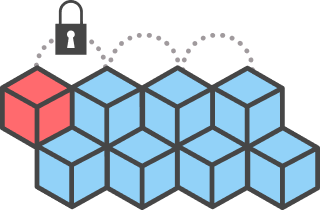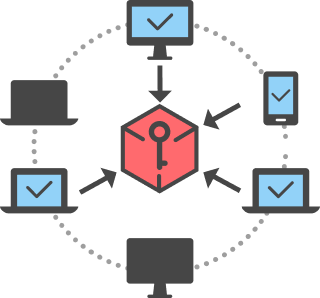
Join the network Quasa
Fault Tolerant 2.0 (QuasaBFT 2.0) consensus protocol.

your server must have:
System requirements: 2vCPUs, 4GB RAM, 8GB SSD.
Enough space to store the current Quasa chain.
The chain grows at approximately 12 GiB per week.
Byzantine fault tolerance is the ability for a blockchain network to function correctly and reach consensus despite nodes failing or propagating incorrect information to peers.
As part of the QuasaBFT protocol, approved accounts, known as validators (signers for Clique), validate transactions and blocks. Validators take turns to create the next block. Before inserting the block onto the chain, a super-majority (greater than 66%) of validators must first sign the block.
Bootnodes is a method for initially discovering peers.

Clique is more fault tolerant than QuasaBFT 2.0. Clique tolerates up to half of the validators failing. QuasaBFT 2.0 networks require greater than or equal to two-thirds of validators to be operating to create blocks.
For example, an QuasaBFT 2.0 network of:
1. Four to five validators tolerates one unresponsive validator
2. Six to eight validators tolerates two unresponsive validators.
Networks with three or less validators can produce blocks but do not guarantee finality when operating in adversarial environments.
Existing validators propose and vote to add or remove validators. Adding or removing a validator requires a majority vote (greater than 50%) of validators.






